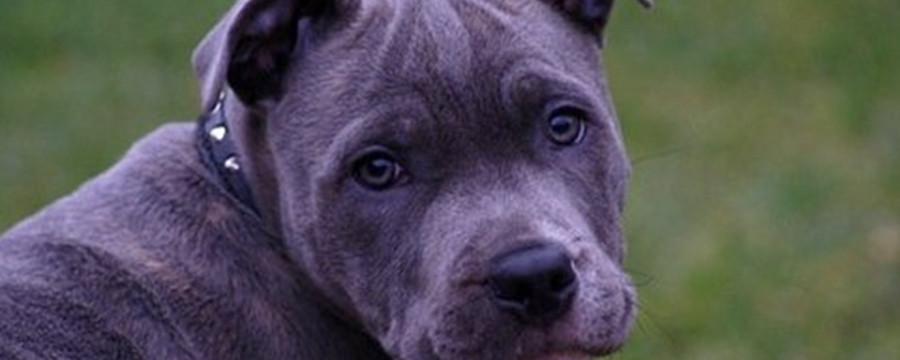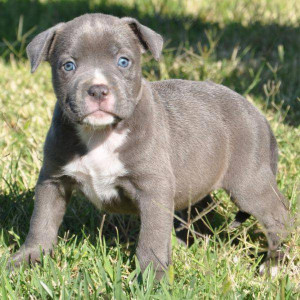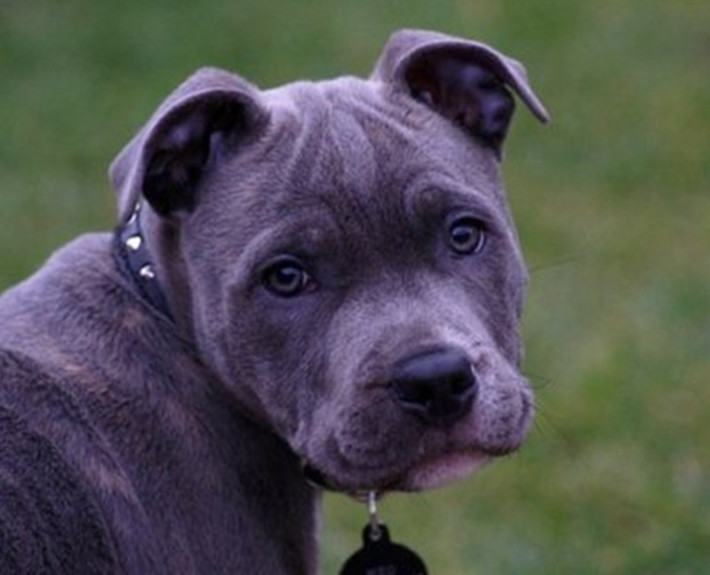Blue Paul Terrier

Woof!
There was a story that John Paul Jones, the Scottish born American sailor, brought them from abroad and landed some when he visited his native town of Kirkcudbright about 1770. They were game to the death and could suffer much punishment.
In 5 Words
- Aggressive
-
Muscular
- Athletic
- Quick
- Wise
SnapShot
Males – 45 to 56 cm (18 to 22 inches)
Females – 45 to 56 cm (18 to 22 inches)
Weight:
Males – 19 to 25 kg (42 to 55 lb)
Females – 19 to 25 kg (42 to 55 lb)
Origin: Scotland, possibly England and Wales
Life Span: No clear lifespan of this dog because Blue Paul Terrier is an extinct breed of dog
Colour: Bluish grey coat, but it isn’t clear if the coat was always solidly-colored or if it sometimes possessed white markings.
Litter Size: 2 to 10 puppies
Characteristics
Learn About the Blue Paul Terrier
The Blue Paul Terrier originated in Scotland
Paul is included in the name of this dog since it is widely believed that John Paul Jones, a sailor, first brought this dog to the USA in 1777. The Blue Paul Terrier, which looks a lot like the pit dogs of our day and age, is unfortunately extinct. They used to be powerful dogs, yet could not survive into the 20th century, mainly due to lack of selective breeding in the United States as well as in European countries. Additionally, these dogs were made to fight each other till death since they had extraordinary fighting skills, which may have led to a great decline in their numbers. Where they came from has been a point of debate even when they existed and where they have gone seems to have become another mystery of modern times.
The Blue Paul Terrier resembled contemporary pit dogs. They had a smooth coat and were powerfully built. They weighed about 20 kg and measured up to 50 cm at the withers. The head was large; the forehead was flat, muzzle short and square, large and broad but not receding like that of the Bulldog. The jaws and teeth were even with no overchanging flews. They had a slight dip between the eyes, which were dark hazel and not sunken, prominent, nor showing haw. The ears were small, thin, set on high, and invariably cropped, and the face was not wrinkled. The eyebrows contracted or knit. The facial expression of the Blue Paul has never been seen in any other breed and can frequently be recognized in mixed-breed dogs. The body was round and well ribbed up, its back short, broad, and muscular but not roached, and its chest deep and wide. The tail was set low and devoid of fringe, rather drooping and never rising above the back. The dog stood straight and firmly on its legs. Its forelegs were stout and muscular, showing no curve. The hind legs were very thick and strong, with well-developed muscles. The colour was dark blue as can be seen in Greyhounds; however, they sometimes produced brindles or reds, which were known as red smuts in Scotland.
The Blue Paul Terrier was used for fighting, as were most dogs that shared these physical characteristics. The breed was always adapting its skills and was encouraged to fight to the death. The strength and resilience continued to grow until its extinction. This sport was well known and widely accepted around the world.
The dogs were obviously aggressive and smart. Both were great attributes for those involved in the game. This breed was used strictly for defence and fighting. The personality traits indicated that they were a protective, aggressive breed with little concern for its own safety. Yet, it had a strong willingness to please its owners and do what was demanded.
Health information of this dog is unknown because Blue Paul Terrier is an extinct breed of dog.
Proper grooming and care of this dog is unknown because Blue Paul Terrier is an extinct breed of dog.







